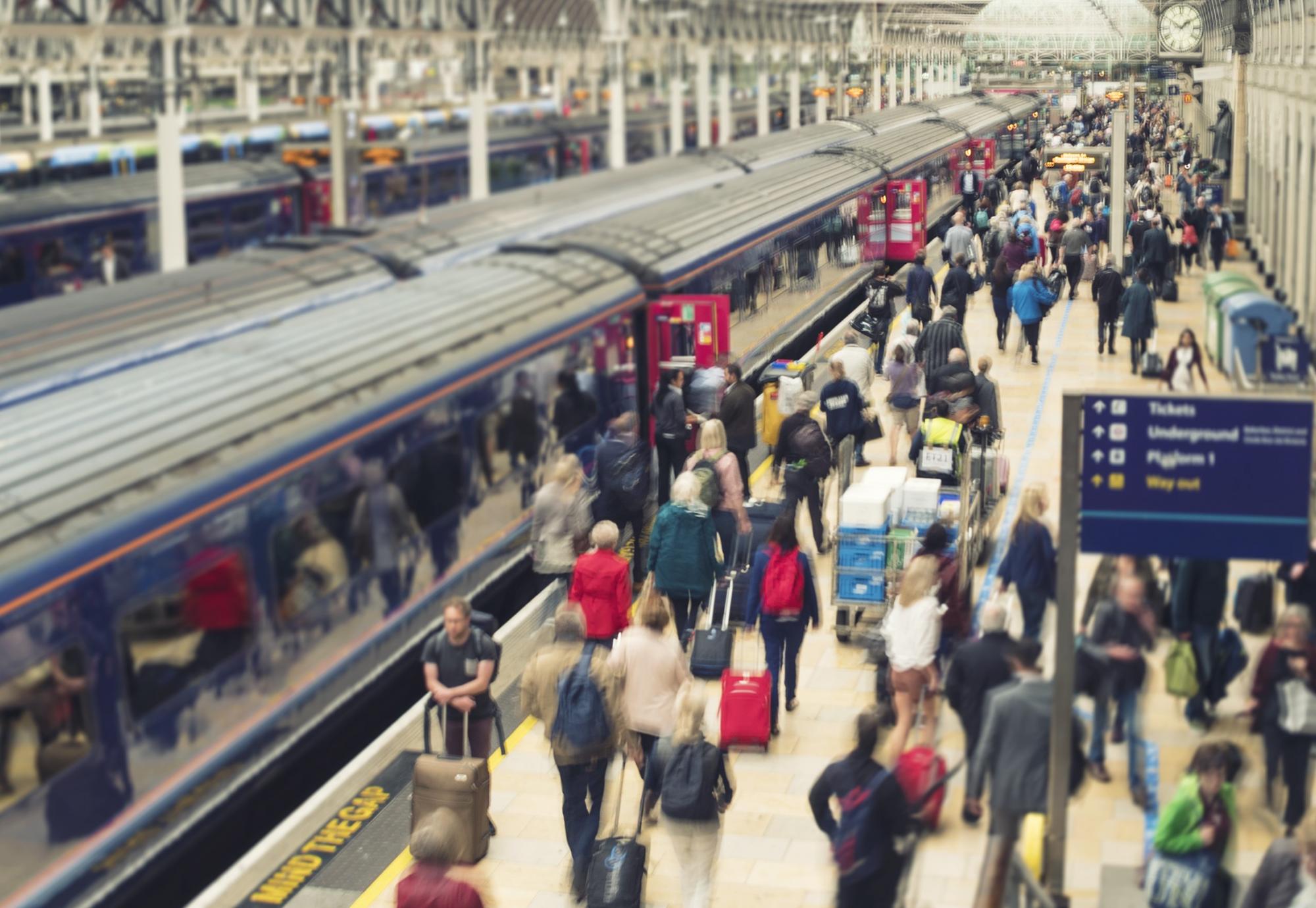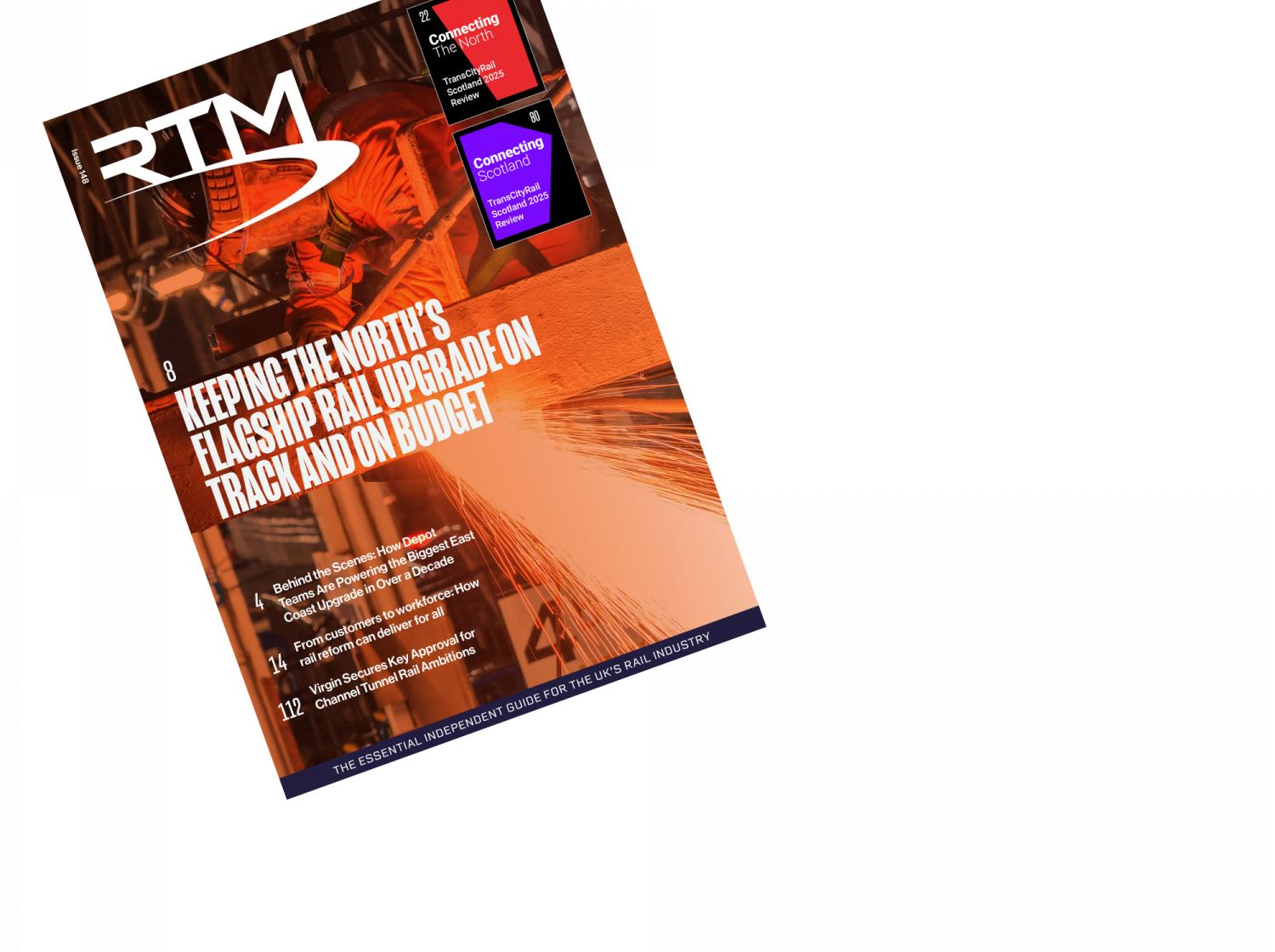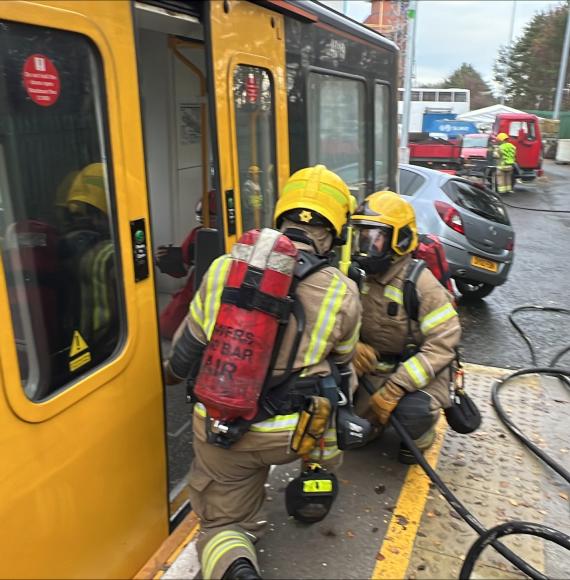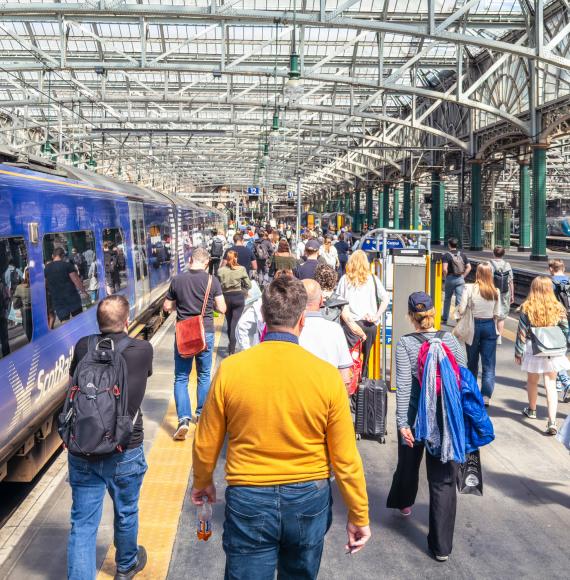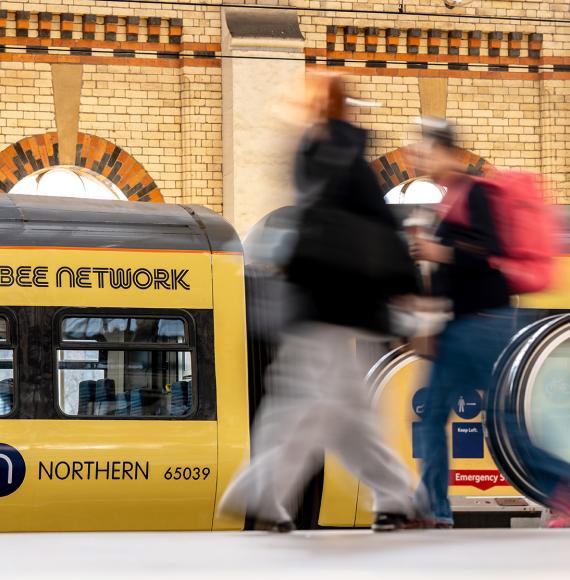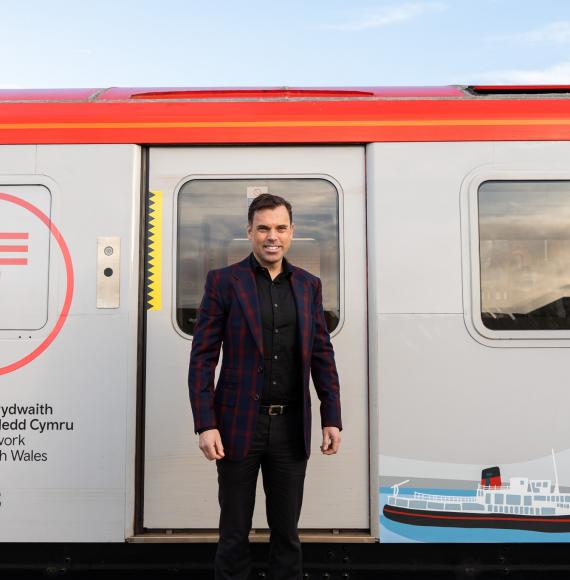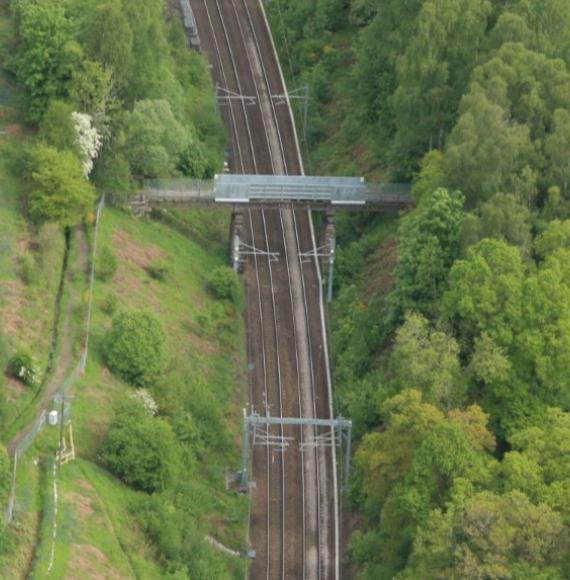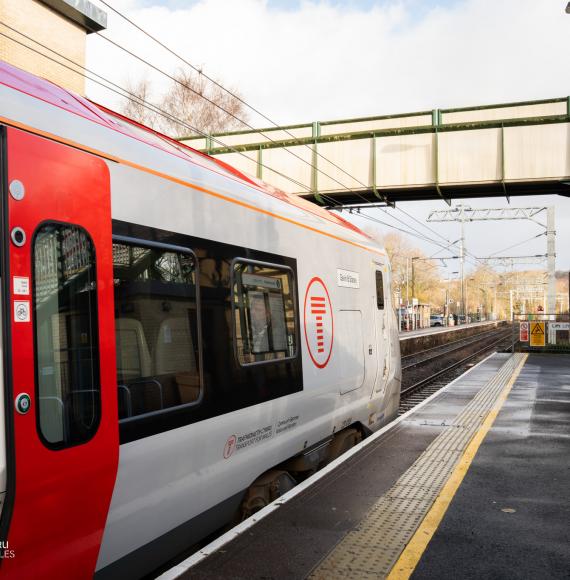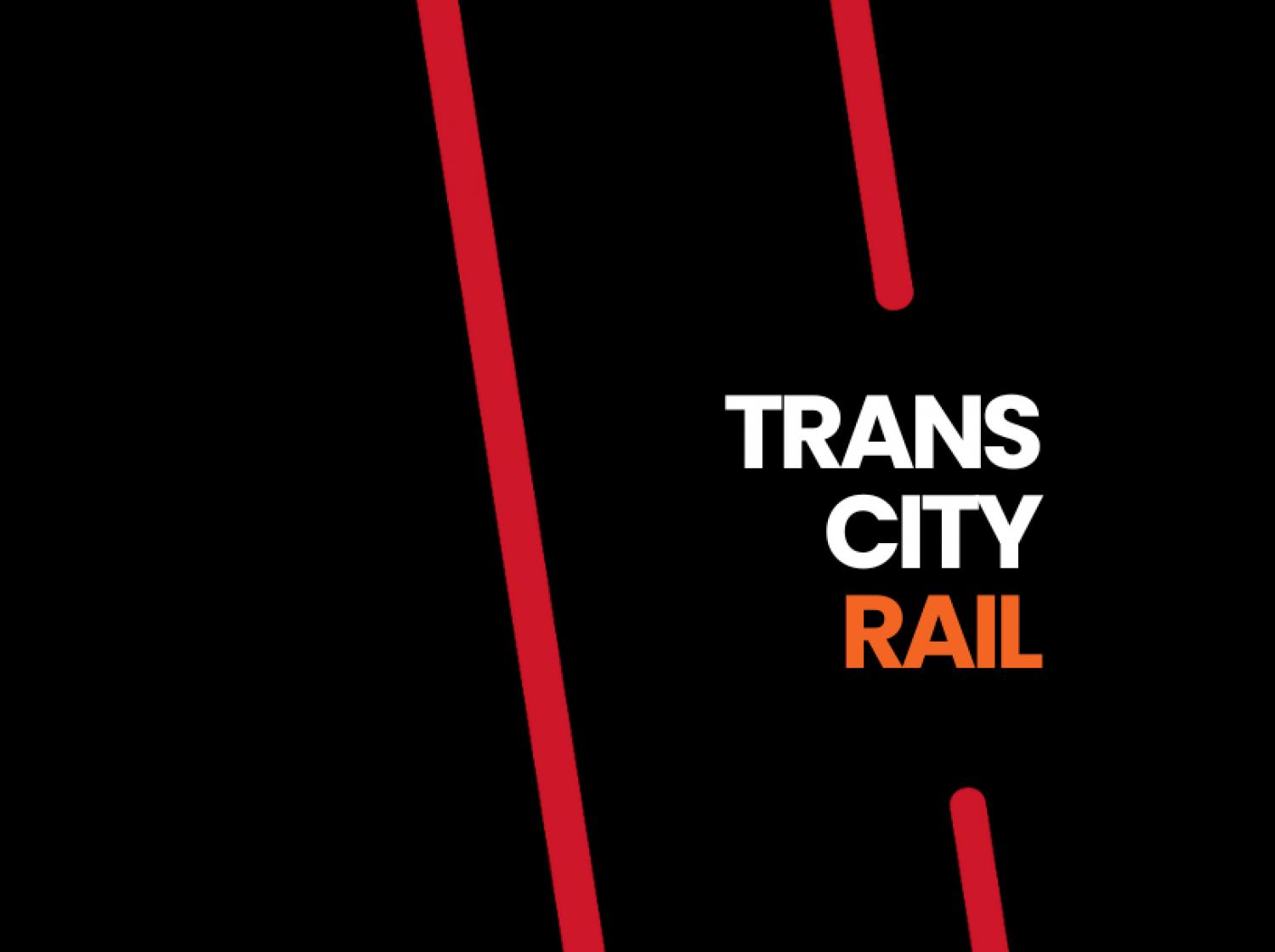Rail passenger journeys in Great Britain have fallen to the lowest levels of annual passenger usage since before 1872, Office of Rail and Road statistics show. The Covid-19 outbreak has been one of the UK railway’s toughest challenges to date, and this rapid drop has been linked to the impact of the pandemic.
From 2019-20, total passenger revenue in Great Britain stood at £10.4bn, but since the pandemic, dropped to less than £2bn in 2020-21. Nationally, 388 million journeys were made in 2020-21, but compared to last year, this is equal to just 22% of the 1,739 million made the previous year.
From January to March 2020-21, only 80 million journeys were made, down from 139 million made from October to December, and the 133 million made from July to September.
This was still more than double the 35 million journeys made from April to June, 2020-21.
London Overground, Transport for London (TfL) and C2C were the only operators to record at least 30% of the journeys made in 2019-20. Merseyrail and Caledonian Sleeper recorded the fourth and fifth-highest journey numbers as a percentage, ranging between 24% to 30%.
Alongside this, four more London and South East operators recorded just over a fifth of journeys made in 2019-20. These included, South Western Railway, Southeastern, Greater Anglia and Govia Thameslink railway.
Northern recorded the highest level of usage in 2019-20, at 20.3%, whereas ScotRail and TfW Rail recorded the lowest levels of relative usage. The lowest level of usage made however, standing at just 4.7%, was recorded by Heathrow Express, who operated throughout the year.
‘Other’ tickets such as rover tickets, group tickets and package products recorded the highest usage between 2019-20, at 35.8%, but this number was based off 2.9 million journeys. Following this were Off Peak tickets (26.8%), anytime/ peak tickets (25.0%), advance tickets (20.9%), season tickets (15.9%).
Graham Richards, Director of Planning and Performance at the Office of Rail and Road, said: "This unprecedented fall in passenger numbers, the lowest annual fall since the time series began, has clearly had an impact on both rail usage and ticketing revenue.
“Despite this, recent estimates published by the Department for Transport show that rail usage has recovered to around 45% of pre-Covid levels by the end of May 2021.
“ORR continues to work closely to support industry and help passengers back on to the railway safely.”

